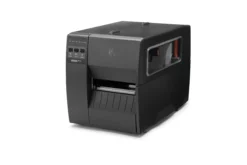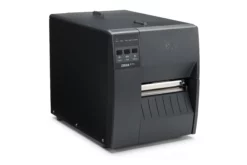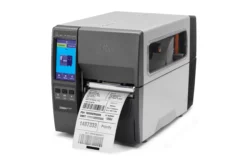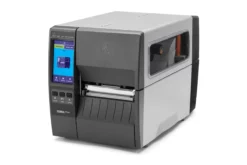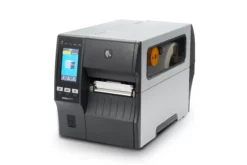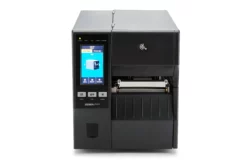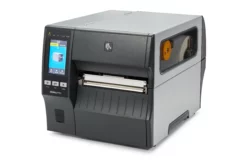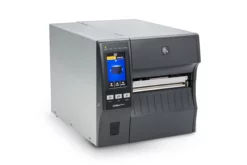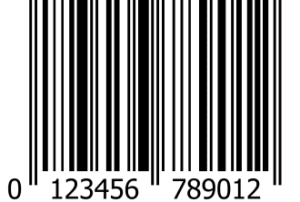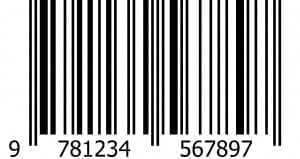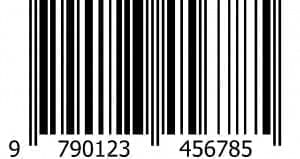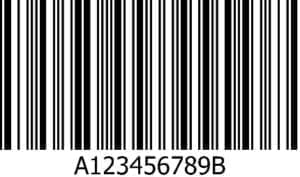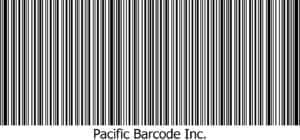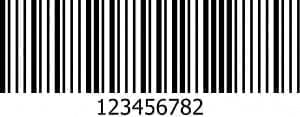Recommended Barcode Printers
Keep scrolling, everything you need to know about barcodes is here 👇
Barcodes have become an integral part of modern-day business operations, serving as a critical tool in tracking and managing inventory, sales, and logistics. With the rise of e-commerce and global supply chains, the demand for efficient and accurate barcode technology has never been greater.
Barcode Types
1D vs 2D barcodes
Barcode Symbologies
GTIN – Global Trade Identification Number
GTIN, or Global Trade Item Number, 
The most common form of GTIN barcode is the UPC (Universal Product Code), which is widely used in the United States and Canada. UPC barcodes consist of 12 digits and are used to identify products at the point of sale. EAN (European Article Number) barcodes, on the other hand, are used in Europe and other parts of the world and consist of 13 digits.
In addition to UPC and EAN barcodes, there are several other types of GTIN barcodes, including ITF-14 (used for packaging and shipping), GS1-128 (used for advanced data capture), and GS1 DataBar (used for small items like produce and pharmaceuticals). By utilizing the appropriate GTIN barcode for each product and stage in the supply chain, businesses can improve their operational efficiency and provide better service to their customers.
GTIN-12 (UPC, UPC-12, UPC-A, Universal Product Code)
GTIN-8 (UPC-8, UPC-E)
 |
The eight-digit UPC code is a compressed version of the UPC-A code and is meant for small articles where there is not a lot of space on the package. Not every GTIN-12 can be converted to a GTIN-8. |
GTIN-13 (EAN, EAN-13, European Article Number, International Article Number)
EAN 8 Barcode
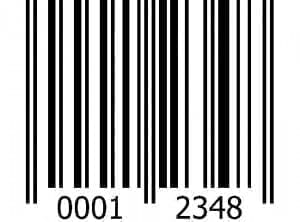 |
Similar to the GTIN-8, this is the variant used outside of the US and Canada. |
GTIN 14 (ITF 14)
SSCC18 Barcode also known as UCC 128
UPC A with 2 Digit Extension
 |
Often used for Magazines – the second barcode indicates month or edition. |
UPC-A Barcode with 5 Digit Extension
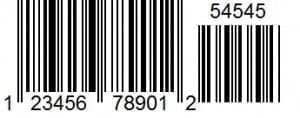 |
Often used for Greeting Cards where the publisher takes responsibility for inventory management and stocking of product. |
EAN+ 2 Digit Barcode
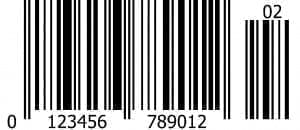 |
This is a variant of the EAN barcode. This can be used for magazines where the last two numbers represent the volume or month of issue. |
EAN 13 + 5 Digit Barcode
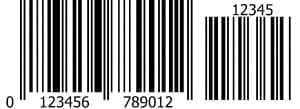 |
This is a variant of the EAN barcode. Often used for Greeting Cards and other items when the manufacturer or distributor is responsible for inventory tracking. |
ISBN-13
ISBN with 5 digit Add On
ISMN Barcode
ISSN Barcode
CODABAR
CODE 11 Barcode
.
CODE 128 Barcode
CODE 2 OF 5 – Interleaved
CODE 39 Barcode
Code 93 Barcode
LOGMARS Barcode
MSI Barcodes
Pharmacode Barcode
For more educational information about barcodes you can visit https://en.wikipedia.org/wiki/Barcode#Types_of_barcodes

